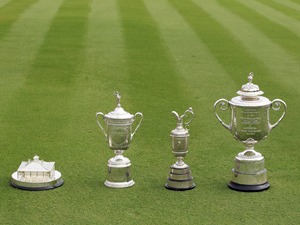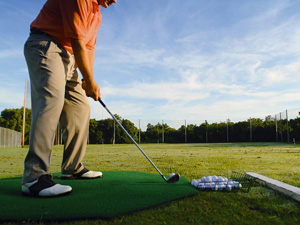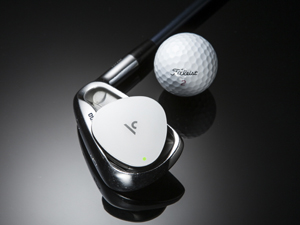Blog
CHARITY GOLF TOURNAMENTS
I LIKE THE IDEA OF GOLF PLAYOFFS, BUT…?
Emphasizing The Extreme Importance of a Proper Setup!
IS TOO MUCH IMPORTANCE PLACED ON MAJOR CHAMPIONSHIPS?
SEPTEMBER SPECIALS FROM THE USGTF CORPORATE STORE
Get ready for fall with this USGTF logoed men’s WATERPROOF QUARTER ZIP PULLOVER JACKET! Readmore





